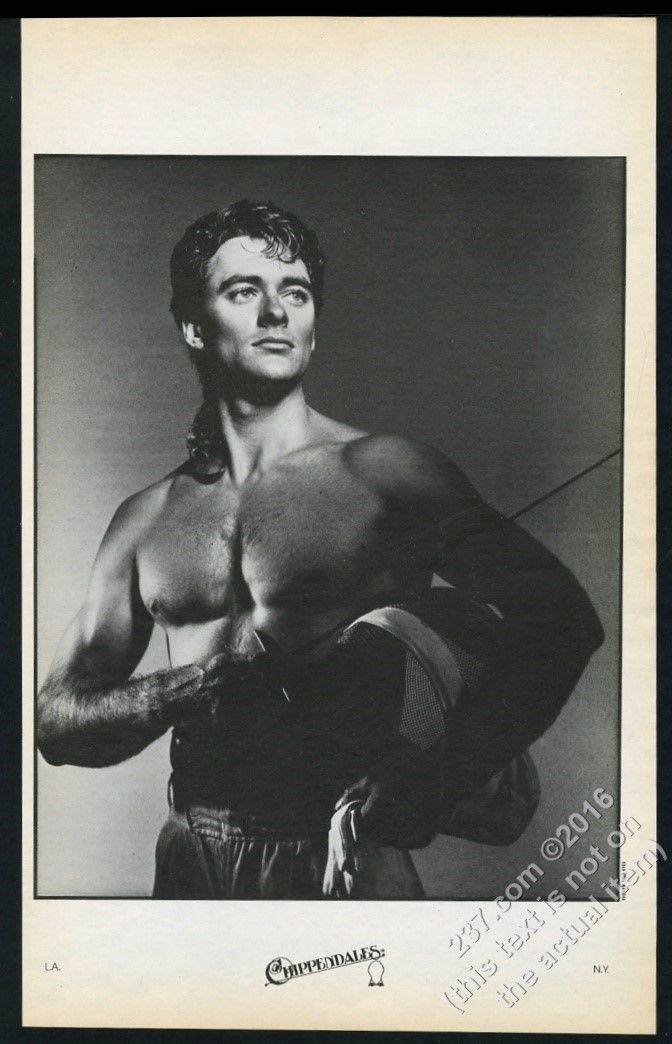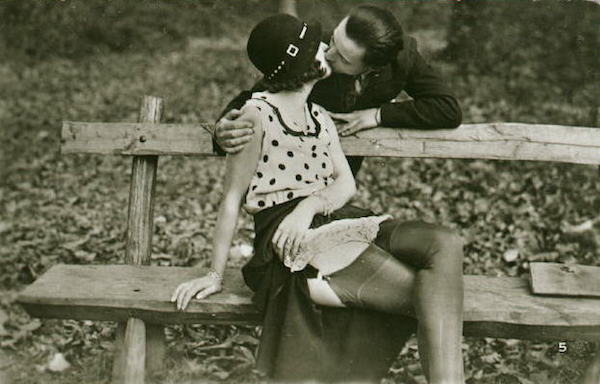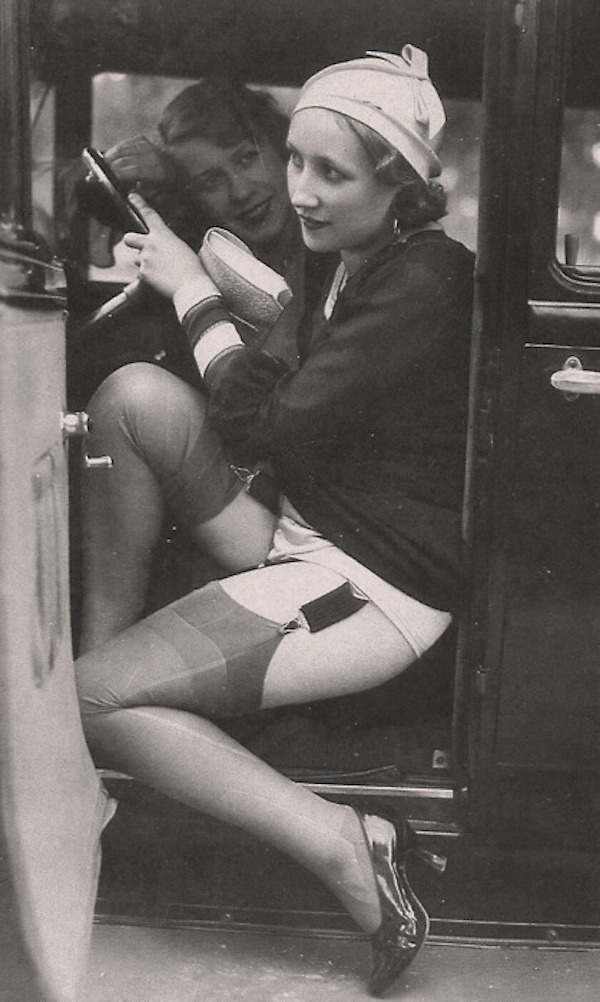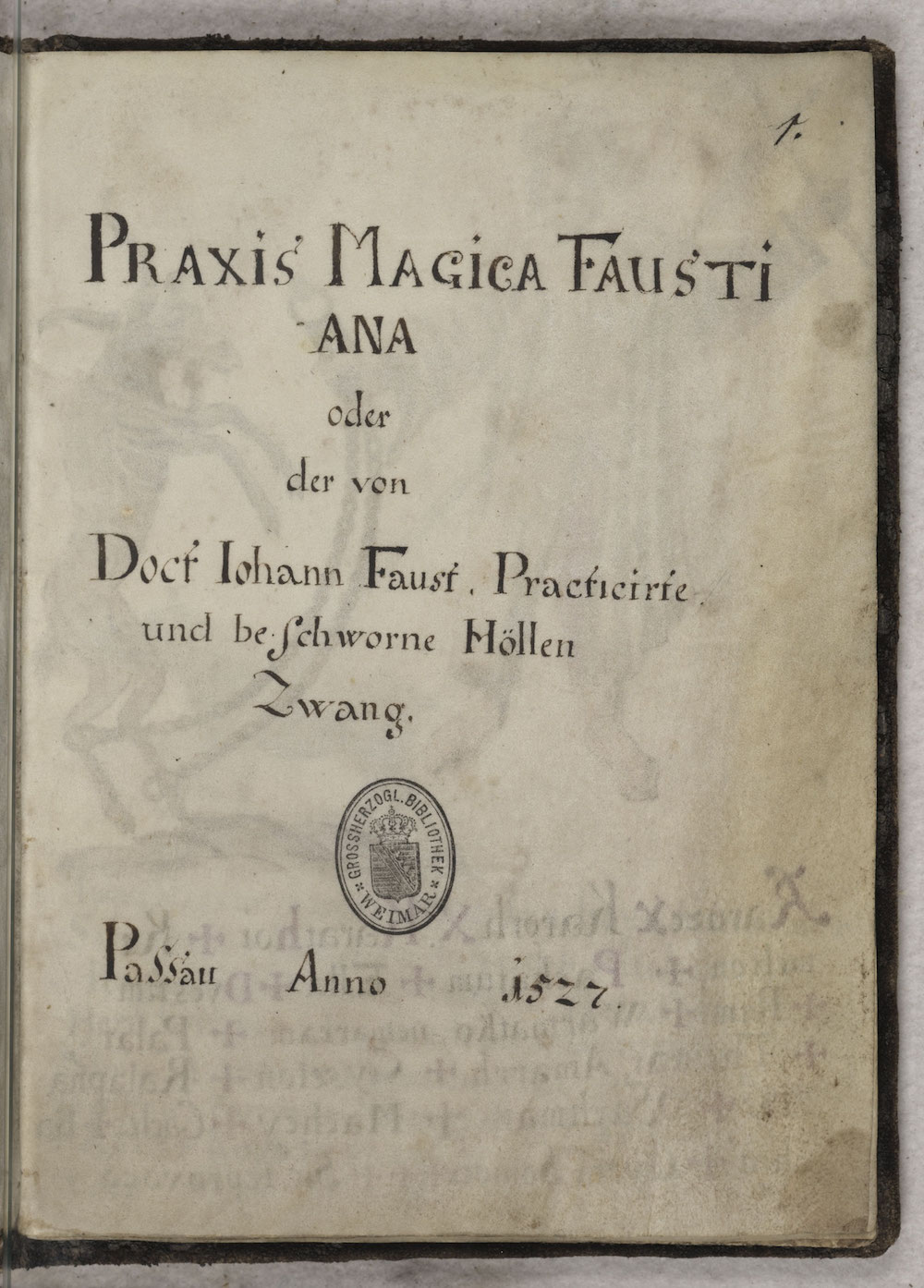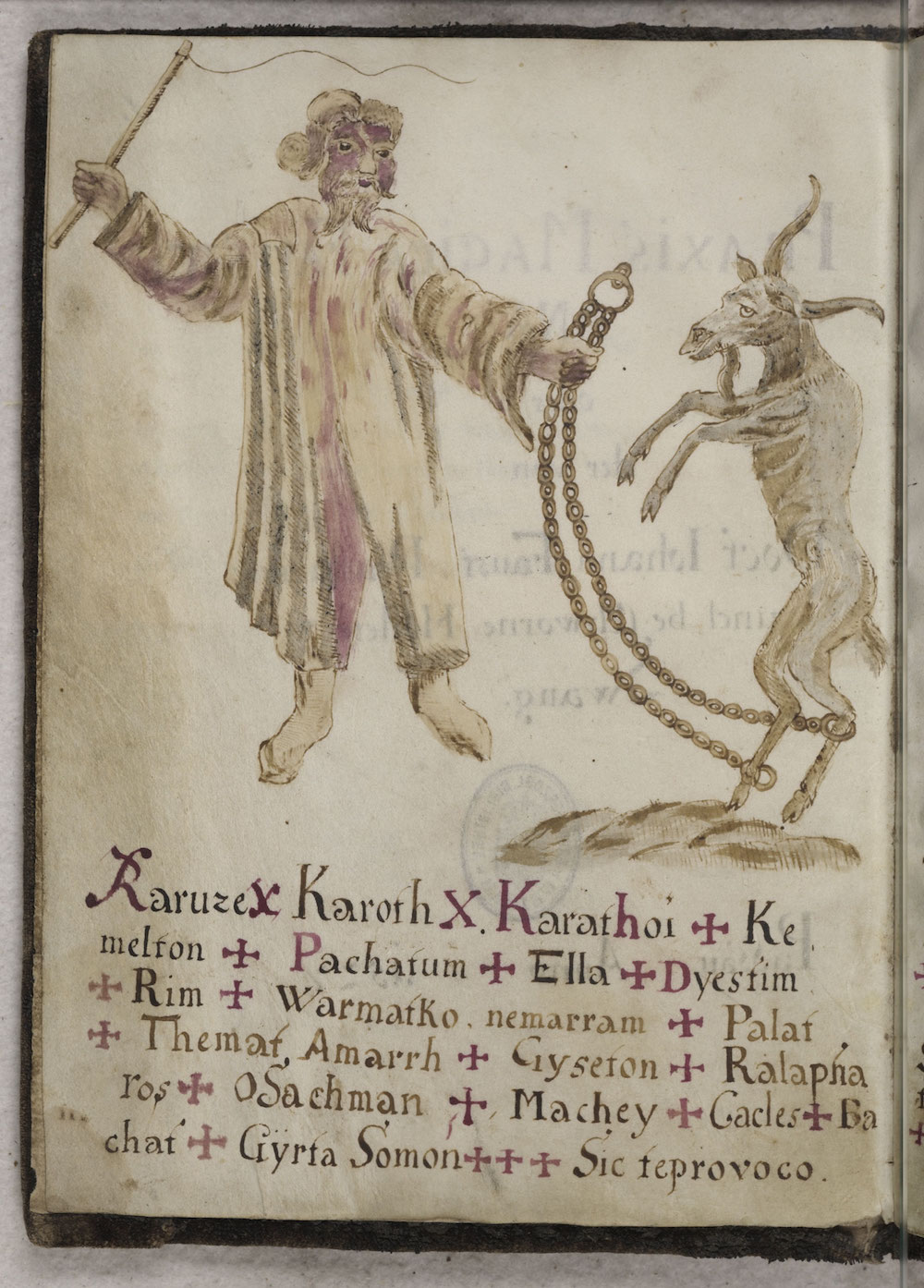Terror on Tour (1980) is a really bad slasher flick about a series of murders that take place during events that revolve around the Clowns, an up-and-coming rock band. Each member wears white makeup, a partial mask, costumes that include a cape, and afro wigs—! They’ve also got a wild stage show, that includes female mannequins that they dismember and toss to the crowd as souvenirs. The Clowns are in the midst of a residency at a concert hall, and when the killing starts on the premises, the band members are immediately considered suspects. The reason why is pretty ridiculous, but we’ll get into that in a moment.
The Clowns were actually a real band called the Names, though they didn’t wear makeup or costumes like they do in the film. In 1977, Fiction Records put out a Names 45, which ended up being the group’s only release. The A-side, “Why Can’t It Be,” later appeared on a Rhino power pop compilation. The music in Terror on Tour ain’t half bad, though there is surprisingly little of it (only a handful of songs). The Clowns resemble a harder-edged version of Cheap Trick, who, like the Names, are from Rockford, Illinois.

While the Clowns’ appearance and stage show most obviously recall the theatrical rock of KISS and Alice Cooper, the partial masks they wear also conjures up Phantom of the Opera, which, in turn, made me think of the lead character in Brian De Palma’s Phantom of the Paradise, as well as the film’s ghoulish band, The Undeads. That Richard Pryor Show sketch also popped into my head.
One of the frustrating aspects of Terror on Tour is that since the band members all look the same when they’re made up it’s difficult to tell them apart during scenes when they have dialogue.

Much of Terror on Tour is just BAD: Bad dialogue, bad character development, bad storytelling—I could go on. Okay, I will! The acting is bad, too, as many of the cast members had little-to-no experience. One such first-time actor was Larry Thomas, who played the Clowns’ manager, “Tim.” Years later, Thomas portrayed what is now one of the most iconic characters of ‘90s TV—the hilariously terrifying “Soup Nazi” on Seinfeld.

Larry Thomas in ‘Terror on Tour,’ and as the ‘Soup Nazi.’
Thomas has stated publicly how crappy he thinks Terror on Tour is. He’s especially critical of his own acting skills—or lack thereof. In 2007, an IMDb user with the screen name “soupnazi-4” wrote about their experience working on Terror on Tour. The title of the post is “My apology for my performance” (edited for clarity and length):
For anyone who makes the mistake of sitting though this movie: I had just decided to become an actor and I knew very little about it. I was majoring in journalism in Junior college and took a theatre class to get a date with a girl I liked and got interested in acting. I drove a friend to the audition of “Terror on Tour’ (originally called “Clowns”) and the director (Don Edmonds) asked me to read. I told him I wasn’t ready as an actor to do a film and didn’t know anything about acting much less film acting. He cast me and talked me into doing it. I was patently awful. I over acted every word and indicated like crazy.
Above that, a year after initial filming, when I knew a little more about acting, they called me back to shoot two pick up scenes (easy to spot, as my hair was much shorter—it went from ‘79 to ‘80, nuff said). I was told to yell my dialog as there would be loud rock music playing in the background. The other guy in the scene was producer Sandy Cobe, who wasn’t an actor and couldn’t really handle yelling while imagining loud music. In the end, they forgot to add the music so it seemed like I was over acting even more than in the rest of the film. When I saw the film, I came very close to quitting trying to be an actor altogether. The only reason I didn’t quit is that I figured if I could spot how awful I was maybe I had a chance to learn to do it right. The band members were a real band and had never acting before, so you could forgive them their acting. Again, I hope whoever has to see me in this film will understand my horror that it still exists.

The filmmakers did do at least some homework on how to make a slasher film. The image of the masked maniac became standard after the success of Halloween (1978), and everybody is freaked out by creepy clowns, so kudos there. Another hallmark of the slasher genre, as well as giallo films, is the killer’s point of view shot, which is used to dramatic effect here, as is the giallo trope of showing the killer prepare for a murder. But that’s where any positives taken from those types of films ends.
More after the jump…












